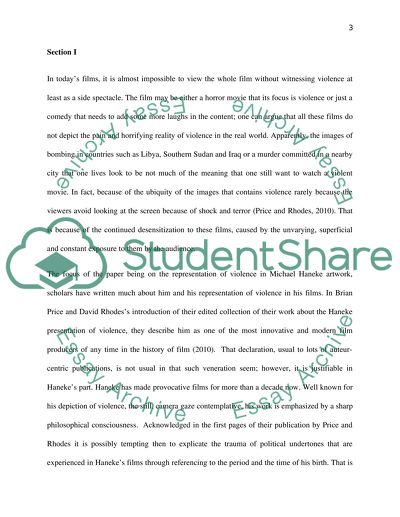Cite this document
(An Uncertain Relationship to the Instant of their Cultural Production Essay Example | Topics and Well Written Essays - 3250 words, n.d.)
An Uncertain Relationship to the Instant of their Cultural Production Essay Example | Topics and Well Written Essays - 3250 words. https://studentshare.org/visual-arts-film-studies/1645800-an-uncertain-relationship-to-the-instant-of-their-cultural-production
An Uncertain Relationship to the Instant of their Cultural Production Essay Example | Topics and Well Written Essays - 3250 words. https://studentshare.org/visual-arts-film-studies/1645800-an-uncertain-relationship-to-the-instant-of-their-cultural-production
(An Uncertain Relationship to the Instant of Their Cultural Production Essay Example | Topics and Well Written Essays - 3250 Words)
An Uncertain Relationship to the Instant of Their Cultural Production Essay Example | Topics and Well Written Essays - 3250 Words. https://studentshare.org/visual-arts-film-studies/1645800-an-uncertain-relationship-to-the-instant-of-their-cultural-production.
An Uncertain Relationship to the Instant of Their Cultural Production Essay Example | Topics and Well Written Essays - 3250 Words. https://studentshare.org/visual-arts-film-studies/1645800-an-uncertain-relationship-to-the-instant-of-their-cultural-production.
“An Uncertain Relationship to the Instant of Their Cultural Production Essay Example | Topics and Well Written Essays - 3250 Words”. https://studentshare.org/visual-arts-film-studies/1645800-an-uncertain-relationship-to-the-instant-of-their-cultural-production.


